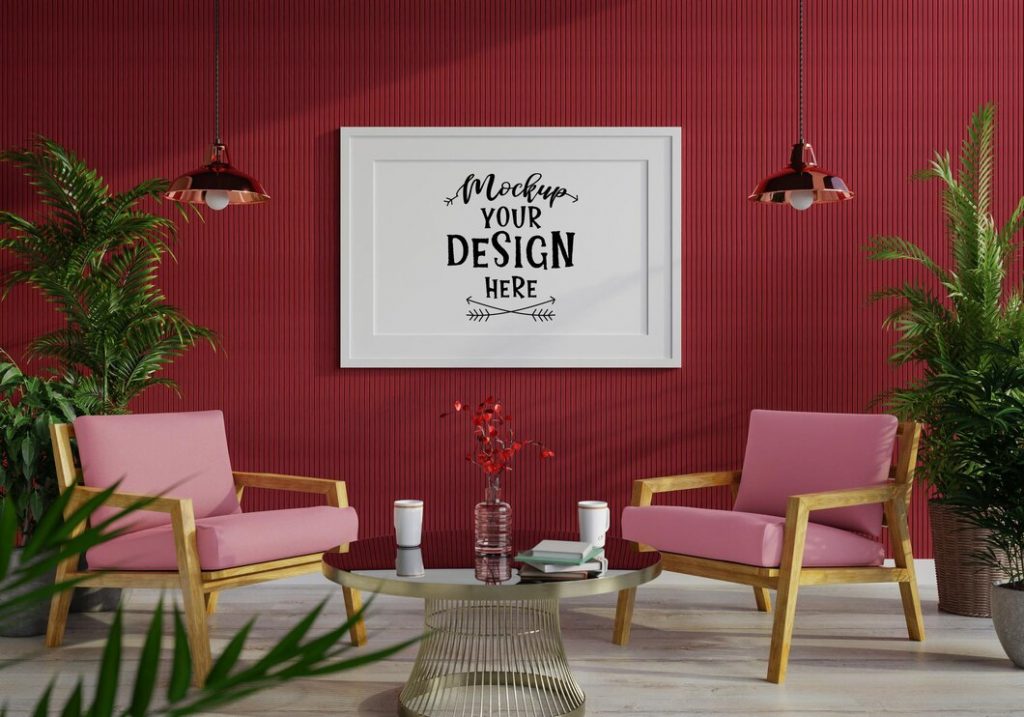
When it comes to painting small spaces, the conventional advice often leans towards light colors to create an illusion of openness. While the logic is sound, the world of residential painting is evolving, challenging the notion that small spaces should stick to a palette of whites and neutrals. Embracing bold and vibrant colors can not only defy expectations but also breathe life and personality into your compact rooms. In this post, we’ll explore the art of going beyond white and delve into the transformative impact of bold color choices for small spaces.
Breaking the Mold: The Power of Bold Colors
An appreciation for the transformative power of bold hues is replacing the perception that small spaces should exclusively don light colors. Rich blues, deep greens, and warm reds can create a cozy and intimate atmosphere, turning a tiny room into a stylish sanctuary. The key lies in understanding the psychology of color and how it can influence the perceived size and mood of a space.
Choosing the Right Hues
Not all bold colors are created equal when it comes to small spaces. Some shades can make a room feel cramped, while others open up the space and add depth. Jewel tones like emerald green or sapphire blue can add sophistication without overwhelming the room. Warm tones such as mustard yellow or terracotta can create a welcoming and sunny ambiance. Experimenting with sample patches on the walls allows you to visualize the impact before committing to a full paint job.
Creating Optical Illusions with Color
Strategic color placement can create optical illusions that make small spaces appear larger. Painting a single wall in a bold color while keeping the others neutral draws attention to a specific area, making the room feel more dynamic. Vertical stripes or patterns can also elongate the walls, creating the illusion of height. These techniques showcase the versatility of bold colors in enhancing the architectural features of small rooms.
Tips for a Successful Transformation
1. Consider Natural Light: The amount of natural light in a room plays a crucial role in how colors are perceived. In spaces with limited natural light, opt for warmer tones to create a cozy and inviting atmosphere.
2. Choose the Right Finish: The finish of the paint can impact how the color is reflected in a space. Matte finishes can absorb light, making the color appear deeper, while satin or gloss finishes reflect light, brightening the room.
3. Balance with Lighter Accents: Introduce lighter elements through furniture, accessories, or trim to balance the boldness of the wall color. This prevents the room from feeling too heavy or dark.
4. Experiment with Patterns: Incorporating patterns, whether through wallpaper or stencils, can add visual interest to the room. Just ensure that the patterns complement the chosen color scheme.
Personalizing Your Small Space
Your home is an extension of your personality, and small spaces offer a unique opportunity for creative expression. Whether you opt for a daring accent wall or fully embrace a bold color scheme, the goal is to create a space that feels uniquely yours. Don’t be afraid to experiment, mix and match, and let your creativity shine through in the color palette you choose.
Conclusion
The trend in residential painting is shifting towards embracing the full spectrum of colors, even in small spaces. The key is understanding the impact of color on perception and utilizing it to your advantage. By breaking free from the constraints of traditional advice, you can transform your small space into a vibrant and personalized haven. So, go ahead, venture beyond white, and let your home reflect the true spectrum of your style.